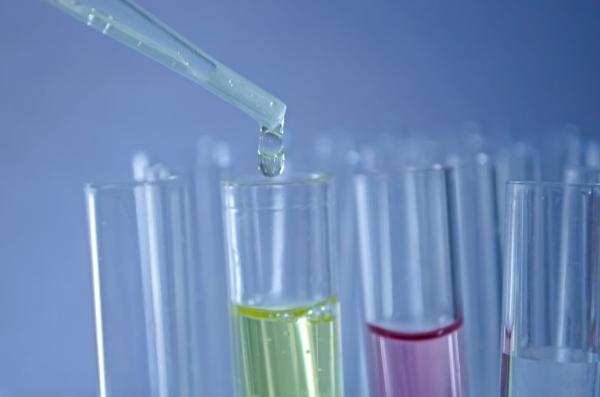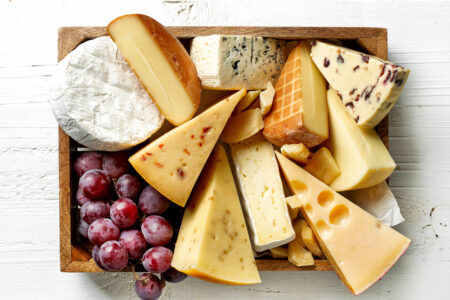On a molecular level

It was an interesting way to spend a rainy Monday in Dublin, at the IDF Parallel Symposia. One half covered cheese science and technology, while the other was concerned with concentration and dried milk products. Both were well-attended. I had never thought before about how fat moves to the outside of a bit of dried milk, but I and the rest of the audience got to take a good look at such an item up on the screen.
It seems there is a lot of exciting research going on in labs and universities, whether they are located in Australia, Europe or the US. And while the current dairy market remains in the doldrums, according to one speaker, the trend for investment is encouraging, with €8.8 billion spent globally on 189 projects throughout the world.
All these projects rely on science to ensure safe and healthy food, no matter what the end format of processing, be it cheese or powders. As importers also become more diverse (step forward, Saudi Arabia, the fifth largest importer of cheese in the world), then the science of getting products to taste right becomes even more critical. What is the point of producing a PDO Parmigiano Reggiano, if the cheese in the consumers’ hands lacks the flavours associated with it? How can a consumer in China be guaranteed that the tin of infant food is safe for their child?
Science is the answer, that’s how. Testing and formulation, and an understanding of what exactly is going on in that wheel over the course of 24 months. Supply chain integrity is a key aspect for this increasingly global business we operate in, and the dairy researchers are doing their best to ensure that we can enjoy our cheese and powders without concern over such issues – they’ve already thought about them for us.



